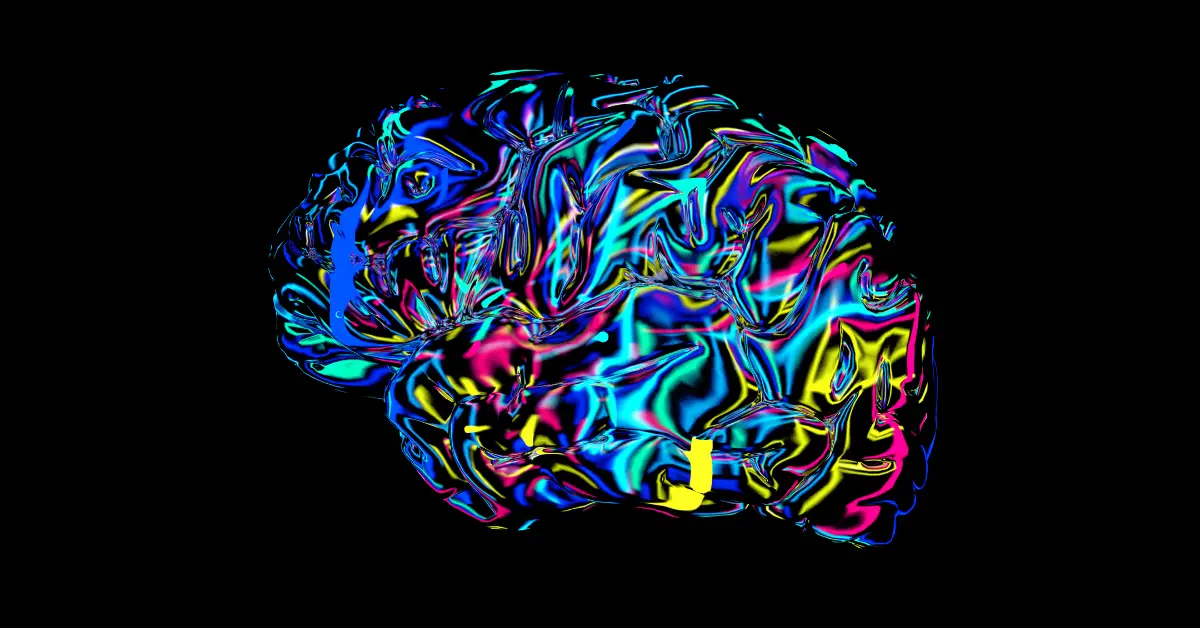There are approximately 50 million people worldwide with dementia, a condition that causes a continual decline in mental and social skills. While there are different conditions that can cause dementia, between 60-70% of these dementia cases throughout the world are caused by Alzheimer’s disease. In fact, 5.8 million people over 65 in the United States alone suffer from Alzheimer’s. As such a prevalent and tragic illness, scientists around the world are driven to find a way to treat and prevent Alzheimer’s disease and improve the quality of life for the afflicted. This new discovery may lead to a massive change in how we deal with Alzheimer’s. (1)
What Causes Alzheimer’s Disease?
Scientists and researchers are still unable to pinpoint exactly how and why Alzheimer’s disease develops in the brain. While there are still so many questions to answer in regards to the way Alzheimer’s impacts those who suffer from the disease, there is still a lot of important information that we have to shed some light on this terrifying disease. (1)
The Effect of Alzheimer’s on Brain Chemistry
To break things down to their most simplified form, Alzheimer’s occurs when issues with the brain’s proteins impact the neurons of the brain. As the neurons become more and more injured, they lose the ability to maintain their connections with each other. As the neural network devolves, the neurons are unable to support themselves and eventually die. This is the cause of the physical, emotional, mental, and social aspects of Alzheimer’s disease.
Since Alzheimer’s targets so many different areas of your life, it can feel difficult to manage. Dr. Nandi’s website, askdrnandi.com, contains a variety of informational articles on healthy eating, mental health, and other areas where the person you love suffering from Alzheimer’s could use additional help. (1)
The Protein Culprits
The two main proteins associated with damaging neurons are beta-amyloid and tau, which can also be known by their component parts, plaques and tangles. Plaques are the deposits of beta-amyloid that build up in the space between neurons, while tangles are the structural fibers of tau, which tend to develop inside the cell. These are what makes it harder for the neurons to communicate, and their eventual cellular death. They start off developing in sections of the brain which control memory and then spread outwards to infect the rest of the brain. (2)
The Progression of Alzheimer’s
It is so important for scientists to learn how Alzheimer’s disease continues to develop once it starts. If the progression of the disease is understood, it increases the likelihood of stopping or potentially even reversing previous effects.
Dr. Partha Nandi has a collection of articles on Alzheimer’s research, to help you stay on top of the latest medical information, at https://staging.askdrnandi.com/
The New Breakthrough Research
As Alzheimer’s is a disease that affects the body, one might think that a team of biologists would be the ones to break new ground in Alzheimer’s research. However, it was actually a study conducted by kinetic chemists: David Klenerman and Tuomas Knowles of the United Kingdom’s famous Cambridge University, and Bradley Hyman of Boston’s Massachusetts General Hospital. These scientists and their teams looked into a variety of ways to observe tau in the human brain, such as examining brain tissue samples and performing Positron Emission Tomography (PET) scans. (3)
Typically, Alzheimer’s researchers tend to focus on the spread of tau throughout the brain. However, KLenerman, Knowles, and Hyman discovered that most of the buildup of tau proteins comes from replication. “Our analysis shows that there are fundamental reasons why spreading is not a good target [to treat Alzheimer’s],” says Knowles. “By Braak Stage III, spreading is effectively irrelevant from an intervention point of view.”
This fundamentally changes how to approach Alzheimer’s treatment; instead of trying to stop tau from spreading, it is more important to stop it from building up. It’s a discovery that is exciting scientists around the world. According to Dennis Selkoe, of Boston’s Brigham and Women’s Hospital, “this analysis calls into question the emphasis in our field on the concept of neuron-to-neuron passage.” This study is groundbreaking, creating room for new discussion in the treatment of Alzheimer’s that could potentially save lives. (3)

What This Means For Alzheimer’s
As this study was just published on October 29th, 2021, there are not yet available mainstream treatments that focus on decreasing tau rather than stopping its spread. However, now that the information is out there, there may be new treatment options for patients with Alzheimer’s.
Unfortunately, since this information became most relevant in Braak Stage III (a system of categorizing disease progression originally developed for Parkinson’s), it is still so important to learn what causes Alzheimer’s, possibly preventing it instead of just limiting the spread.
Dr. Nandi’s tips for healthy living can provide you with information that may slow the progression of Alzheimer’s, with mental exercises and healthy eating tips.
Risk Factors for Alzheimer’s Disease
There are many different factors that are thought to contribute to Alzheimer’s disease. Some are myths, but some of these attributed causes are very real and important to be aware of.
Genetics
Many parts of our lives are attributable to genetics. Hair colour, weight, height, and other appearance-related traits are directly tied to genetics. However, your genetic code can also play an important role in your likelihood of getting certain diseases, such as cancer.
Knowing this, it’s understandable why people might assume that Alzheimer’s is heavily influenced by genetics. However, less than 1% of Alzheimer’s cases are attributable to a specific genetic mutation that acts as a virtual guarantee of the disease. Other genetic factors, such as the gene variant APOE e4, may increase the likelihood of suffering from Alzheimer’s later in life – but that is not the case for all people with this gene variant. While Alzheimer’s may have some genetic components, it is likely not the main culprit. (1)

Age
According to a study done by the Chicago Health and Aging Project, based on data from 2011 United States Census, the likelihood of developing Alzheimer’s increases as you age. 0.4% of people between 65 -74 are newly diagnosed with Alzheimer’s, while for those between 75 – 84 the percentage of fresh diagnoses increases to 3.2%. After 85, your chances over double, with 7.6% being diagnosed with Alzheimer’s for the first time. (5)
Lifestyle
Many of the factors which are linked to other diseases are also contributing to a greater risk of Alzheimer’s. Overindulgence in alcohol, obesity, poor sleep habits, smoking, high cholesterol, and high blood all increase your risk of Alzheimer’s disease. (1)
Mental Engagement
Participating in events with high mental and social stimulation actually reduces the risk of Alzheimer’s. In fact, even having an education beyond high school can act as a preventative factor to protect your brain.
Make sure to check out Dr. Nandi’s website for a variety of suggestions on how to keep your mind active.

Sources:
- https://www.mayoclinic.org/diseases-conditions/alzheimers-disease/symptoms-causes/syc-20350447#:~:text=Overview,person’s%20ability%20to%20function%20independently.
- https://www.alz.org/alzheimers-dementia/what-is-alzheimers
- https://www.alzforum.org/news/research-news/doubling-tau-seeds-not-spread-sets-pace-tauopathy-alzheimers
- https://www.ncbi.nlm.nih.gov/pmc/articles/PMC2605160/
- https://www.alz.org/media/documents/alzheimers-facts-and-figures.pdf



















